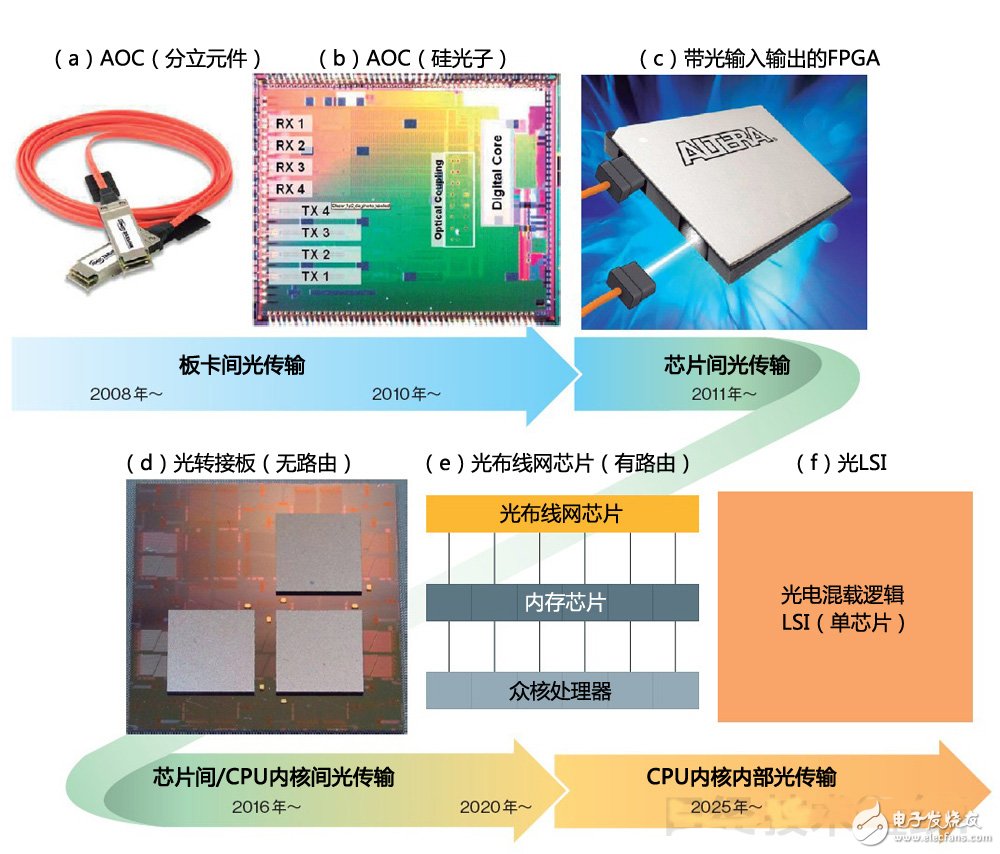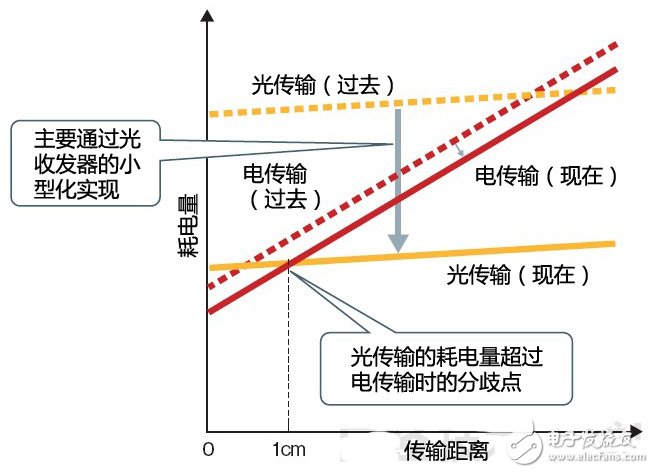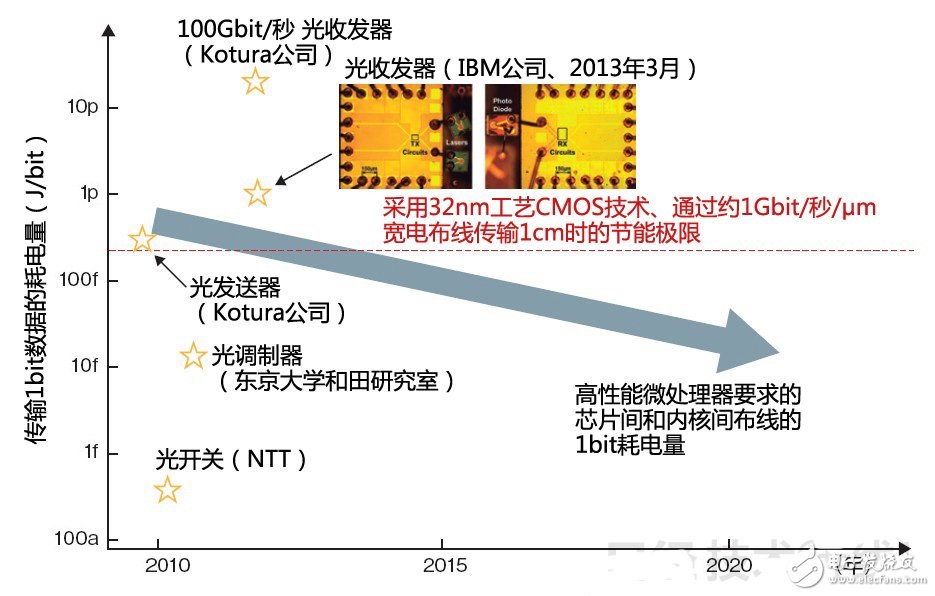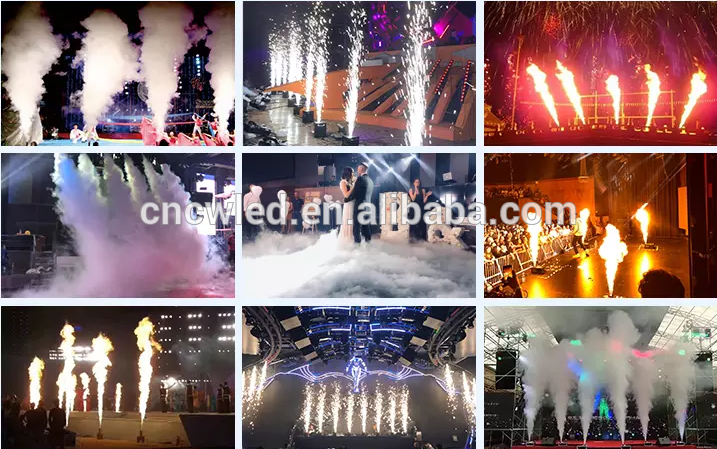With regard to the "silicon photonic" technology that realizes optical transmission on silicon wafers, the speed of its practical use and research and development has exceeded expectations. Among them, Japan's progress is particularly remarkable. Japan is a world leader in miniaturization of high-density integration technologies and modulators, and its achievements in the development of CMOS-compatible luminescence technology and photonic crystallization have also been shocking the world. The application range of silicon photonics technology is expected to expand from the current main use - data transmission between boards to inter-chip and intra-chip transmission. It is expected that this application will be put into practical use around 2020.

"Silica Photon" has entered the stage of full popularity. With this technology, most of the various optical transmission components can be integrated into the silicon chip through CMOS technology.
Note 1) At present, only the light source needs to utilize a compound semiconductor laser element.
The current main use of silicon photonics technology is the optical transceiver IC embedded in the Active Optical Cable (AOTI)* (Figure 1). AOC's application in the field of transmission devices for supercomputers, data centers, and communication carriers is rapidly expanding, and is an optical cable for high-speed connection of boards and devices.

Figure 1: The application range of optical transmission will be expanded from the board to the chip, to the chip.
This picture shows the field of optical transmission in the near future and in the near future. The inter-board inter-board communication technology called AOC (Active Optical Cable) is mostly optical transmission using silicon photonic technology. It is expected that optical transmission will also be utilized in inter-chip transfers, between CPU cores, and global wiring in the CPU core. (Photography: (a) is Microsemi (formerly Zarlink), (b) is Luxtera, (c) is Altera)
*AOC (AcTIve OpTIcal Cable) = fiber optic cable with optical transceiver module. Due to the high durability and reliability, the demand for such optical cables in the high-performance computer market began to expand around 2008. According to data released by the survey company Global Information, AOC's global sales in 2011 were 305,000 and sales were $70 million. The company predicts that sales will reach 786,000 in 2016 and sales will expand to $175 million.
The reason why silicon photons can achieve such results in the field of optical transceivers for AOCs is that they can significantly reduce costs through mass production, which is the same as semiconductor products using CMOS technology. Previous AOCs used discrete components based on compound semiconductors at a higher price.
The risk-centric market will change. The pioneering venture is Luxtera, a venture company founded by the California Institute of Technology, and Kotura, a venture company. Luxtera, which began mass production around 2008, announced in February 2012 that it had sold 1 million optical ICs with a transmission capacity of 10 Gbit/s per unit channel. Kotura also announced in February 2013 that "the sales of optical ICs have doubled from the previous year, equivalent to 60,000 channels/month." From these shipments, the products of the two companies account for a significant portion of the AOC market. 2).
Note 2) Luxtera cooperates with Freescale Semiconductor and STMicroelectronics, and Kotura cooperates with companies such as Oracle in technology development and manufacturing.
However, the market will usher in tremendous changes. Because companies such as Cisco Systems and Intel have been involved in this market. In the AOC which will form a market transmission capacity of 100 Gbit/s in the future, it is expected that silicon photons will take the lead.
Cisco's actions are very fast. In February 2012, the company acquired the venture company Lightwire for US$271 million. In October of the same year, it released the silicon-based photonics specification “Cisco CPAK†supporting 100Gbit/s optical transceiver. It was released in March 2013. A transmission device for a standard optical transceiver module.
In January 2013, Intel also released AOC with silicon photonics technology, which supports Facebook's data center industry standard "Open Compute Project."
The trend of optical transmission between chips
The silicon photonics market is expected to expand in the future. The market that shoulders the "future" of AOC has already begun to emerge. AOC is mainly used for large-capacity data transmission between "circuit boards", and in the future, "inter-chip" applications between microprocessors on the board and between microprocessors and memories will be put to practical use. IBM and Intel are now advancing development with the goal of using them for supercomputers and servers around 2020.

Figure 2: Low power consumption for optical and electrical transmission is delimited by 1cm
If the transmission distance is above 1 cm, the current optical transmission technology consumes less power than the electrical transmission. The power consumption of optical transmission is mainly consumed by the electro-optical conversion and photoelectric conversion of the optical transceiver. Recently, the size of the optical transceiver has been greatly reduced, so power consumption has also been reduced.
The application of optical transmission began with long-distance communication, and its use was extended to short-range communication, replacing electrical transmission. At this point, the same is true for light transmission using silicon photons. It is expected that in the future, "inter-CPU core" data transmission inside the microprocessor must also utilize silicon photonic technology.
Recently, the application of silicon photonics technology between chips has been eye-catching, mainly because the power consumption of optical transceivers fabricated using silicon photonics has been reduced. In general, the shorter the distance is, the less power is required, and the light transmission does not decrease too much even if the distance is shortened. Therefore, the two are distinguished by using the same transmission distance as the demarcation point. Recently, light transmission and electrical transmission using silicon photons have substantially the same power consumption at a transmission distance of 1 cm, and therefore, it is expected to utilize optical transmission between a much shorter distance than before (Fig. 2).
For example, in March 2013, IBM used silicon photonics technology to develop an optical transceiver IC that consumes 1pJ/bit. It is estimated that the minimum power consumption of the electrical transmission is about 150fJ (0.15pJ)/bit at a transmission distance of 1cm (Fig. 3) 1). Although there are several times the gap, if it is limited to the functions of optical transmission, the technology that consumes less power than IBM's prototypes has been developed.

Figure 3: In the near future, transmission between microprocessor cores must use optical transmission
This figure shows the power consumption of the electrical transmission technology and optical transmission technology of the microprocessor core transfer between microprocessors. In the future, high-performance microprocessors will not be able to meet the requirements of power consumption. In a transmission with a distance of 1 cm, the power consumption of optical transmission is substantially the same as that of electrical transmission. There have also been examples in which the power consumption of each component is significantly lower than that of the electrical system. (Photo: IBM)
The expectation of silicon photon light transmission is also increasing in terms of use. With the advancement of multi-core and mass-core for the purpose of increasing microprocessor speed, it is necessary to significantly increase the memory bandwidth and the data transfer capacity between CPU cores. However, multi-core will cause the transmission distance between CPU cores to increase. Moreover, the transmission capacity must be expanded to the extent that it is comparable to the global routing within the core. For electrical transmission, conditions are becoming more and more demanding. For the silicon photon optical transmission that is in the development stage, its power consumption needs to be greatly reduced in the future.
This series is the effect equipment for the stage, fog machine, mist machine, electronic fireworks machine, water mist machine, bubble machine, etc., which can bring very rich effects to a stage. In addition to the stage, these effect equipment are also indispensable. The smoky stage is illuminated by lights, which can bring a different feeling to the audience. Special effect products also bring unique effects to specific programs, increase the festive atmosphere, make the wedding scene more romantic, use bubble machines at pool parties, and so on.

Fog And Smoke Machines ,Mini Fog Machine,Small Fog Machine,Dry Ice Smoke Machine
Guangzhou Cheng Wen Photoelectric Technology Co., Ltd. , https://www.leddisplaycw.com